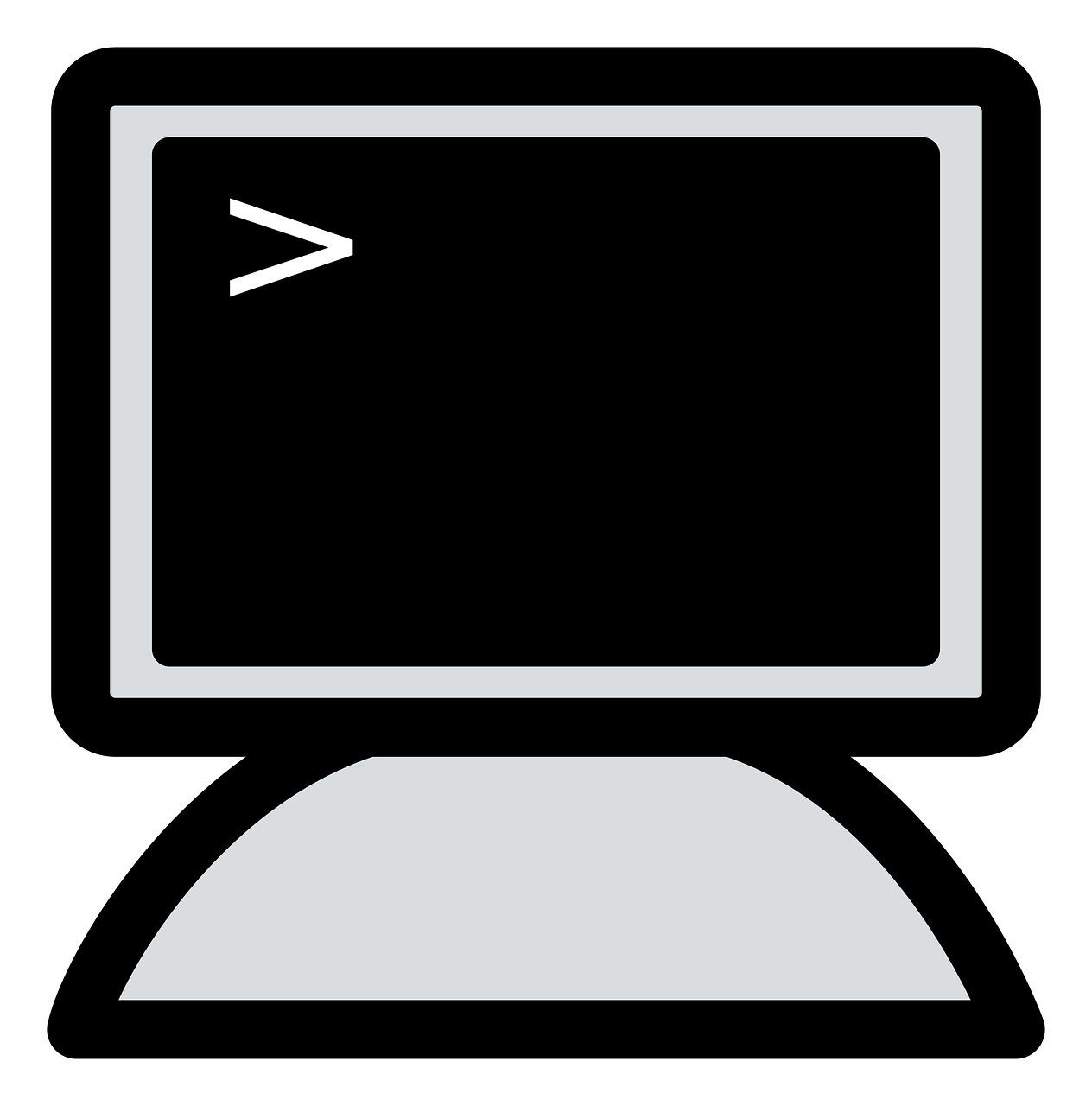
Networking is a crucial aspect of modern technology and the command prompt, or “cmd”, provides a powerful set of tools for managing and troubleshooting networks. In this article, we will take a look at 10 useful cmd tools that can help you effectively manage and maintain your network.
1. “ping” – The ping command is used to test the connectivity between two devices on a network. It sends an ICMP echo request packet to the specified IP address and waits for a response. For example, “ping 192.168.1.1” will send a ping to the IP address 192.168.1.1.
2. “ipconfig” – The ipconfig command is used to display the current IP configuration of a device. It can also be used to release or renew DHCP leases. For example, “ipconfig /release” will release the current DHCP lease.
3. “tracert” – The tracert command is used to trace the path that a packet takes to reach its destination. It can be useful for troubleshooting network connectivity issues. For example, “tracert google.com” will trace the path to the website google.com.
4. “nslookup” – The nslookup command is used to query DNS servers for information about a domain. For example, “nslookup google.com” will display information about the IP address and DNS servers associated with the domain google.com.
5. “netstat” – The netstat command is used to display a list of current network connections and their status. For example, “netstat -a” will display all current connections and “netstat -b” will display the executable responsible for each connection.
6. “arp” – The arp command is used to display and modify the ARP cache on a device. It can be used to troubleshoot issues related to IP address conflicts. For example, “arp -a” will display the current contents of the ARP cache.
7. “route” – The route command is used to display and modify the routing table on a device. For example, “route print” will display the current routing table.
8. “telnet” – The telnet command is used to initiate a Telnet session with a remote device. It can be useful for troubleshooting network connectivity issues. For example, “telnet 192.168.1.1” will initiate a Telnet session with the device at IP address 192.168.1.1.
9. “net” – The net command is a multi-purpose tool that can be used to manage various aspects of a network, including users, groups, and shared resources. For example, “net user” will display a list of all users on the device.
20. “netsh” – The netsh command is a powerful tool that can be used to configure and troubleshoot various aspects of a network, including wireless and wired connections, firewall settings, and more. For example, “netsh interface ip show config” will display the current IP configuration of all network interfaces.
These are just a few examples of the many cmd tools that are available for managing and troubleshooting networks. With a little bit of practice and experimentation, you can become proficient in using these tools to maintain and optimize your network.


